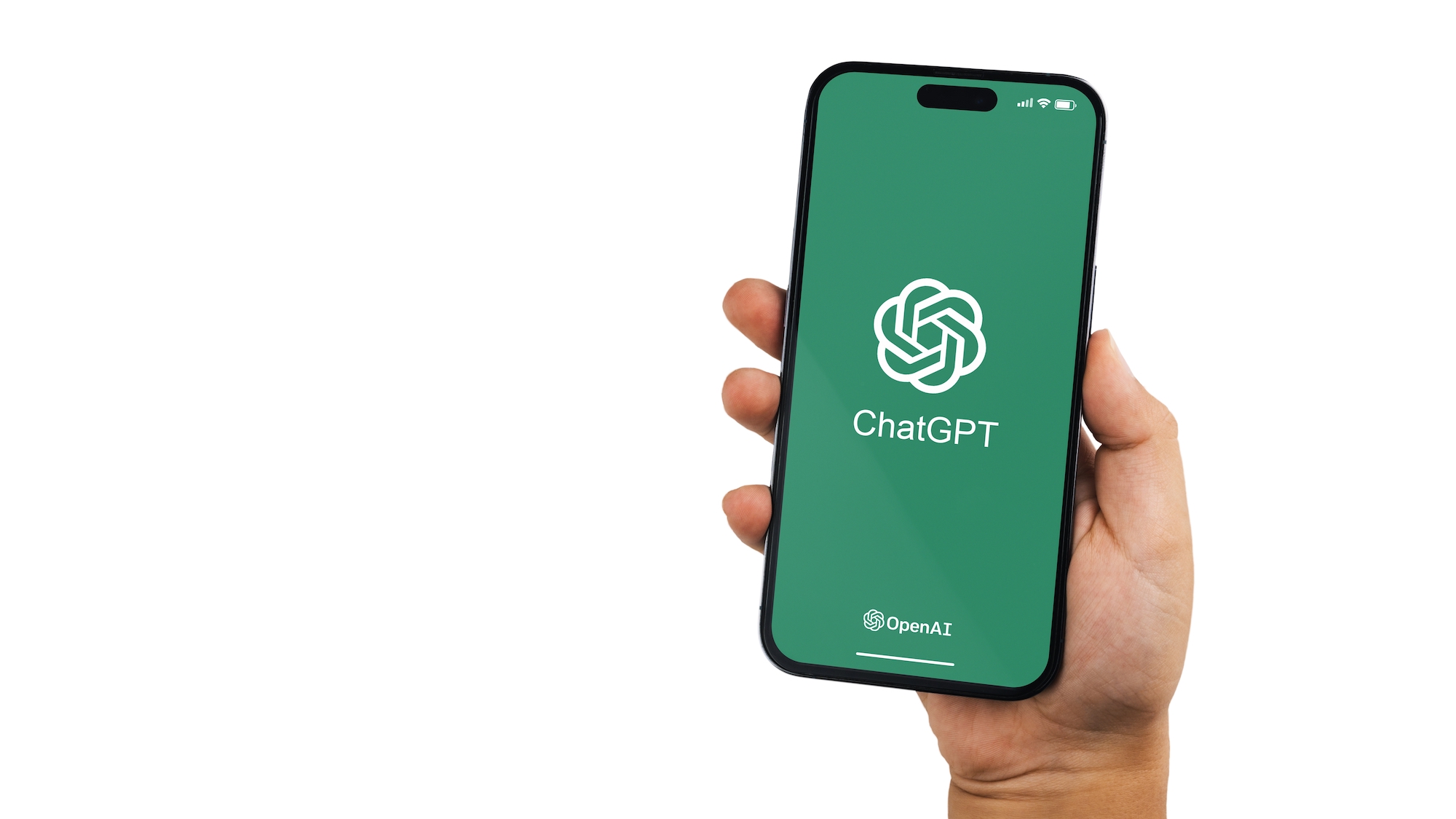
Elon Musk revealed his newest project, XMail, an e...
news-extra-space

 Image credit : Search Engine Journal[/caption]
DALL-E first made its debut in January 2021, preceding other text-to-image generative AI art platforms. However, it faced criticism for generating explicit and biased images. DALL-E 2 was released in 2022, with OpenAI initially placing it on a waitlist to control usage. The waitlist was later removed in September, allowing public access to DALL-E 2.
DALL-E 3 will initially be available to ChatGPT Plus and ChatGPT Enterprise users in October, followed by research labs and its API service later in the fall. OpenAI plans to stagger the release but has not specified when a free public version will be launched.
OpenAI has placed a strong emphasis on safety measures for DALL-E 3. These measures aim to prevent the generation of inappropriate or offensive images. The company worked with external red teamers to rigorously test the safety of the system. Input classifiers have been implemented to teach the language model to ignore certain words to avoid explicit or violent prompts. Additionally, DALL-E 3 will not recreate images of public figures unless specifically mentioned in the prompt.
Also read : Learn How To Create AI Images Using DALL-E 2
OpenAI is taking steps to address potential legal concerns. Artists can request the removal of their art from future versions of text-to-image AI models by submitting images they own the rights to. Future iterations of DALL-E can then block results that resemble the artist's work, helping to protect artists' copyrights. Some artists have previously sued DALL-E competitors and art platforms for allegedly using their copyrighted work to train text-to-image models.
Image credit : Search Engine Journal[/caption]
DALL-E first made its debut in January 2021, preceding other text-to-image generative AI art platforms. However, it faced criticism for generating explicit and biased images. DALL-E 2 was released in 2022, with OpenAI initially placing it on a waitlist to control usage. The waitlist was later removed in September, allowing public access to DALL-E 2.
DALL-E 3 will initially be available to ChatGPT Plus and ChatGPT Enterprise users in October, followed by research labs and its API service later in the fall. OpenAI plans to stagger the release but has not specified when a free public version will be launched.
OpenAI has placed a strong emphasis on safety measures for DALL-E 3. These measures aim to prevent the generation of inappropriate or offensive images. The company worked with external red teamers to rigorously test the safety of the system. Input classifiers have been implemented to teach the language model to ignore certain words to avoid explicit or violent prompts. Additionally, DALL-E 3 will not recreate images of public figures unless specifically mentioned in the prompt.
Also read : Learn How To Create AI Images Using DALL-E 2
OpenAI is taking steps to address potential legal concerns. Artists can request the removal of their art from future versions of text-to-image AI models by submitting images they own the rights to. Future iterations of DALL-E can then block results that resemble the artist's work, helping to protect artists' copyrights. Some artists have previously sued DALL-E competitors and art platforms for allegedly using their copyrighted work to train text-to-image models.
Leave a Reply






